A poetic eco-tour through Mauritius’ rarest island, where pink pigeons, giant tortoises, and living fossils offer a glimpse of what still can be saved.
The boat was small and the sea was calm, a short drift across emerald waters from Pointe Jérôme to a place that somehow feels older than time. Île aux Aigrettes isn’t far from the mainland, but it feels distant in all the right ways, protected, quiet, deeply alive.
Stepping onto the island, the air thickens with salt and birdsong. The path is narrow and shaded, winding through ebony trees, twisted like calligraphy.
Beneath them: the delicate scurry of ornate day geckos, glinting green in the sun, their small bodies flickering like jungle jewels. A few steps later, we pause. A hush falls across the group as the guide gestures, and there it is: a pink pigeon, round and regal, perched in a low tree as if placed there by a storybook. There are no cars here. No crowds. No rush. Only the voices of nature and those who’ve made it their life’s work to protect it.
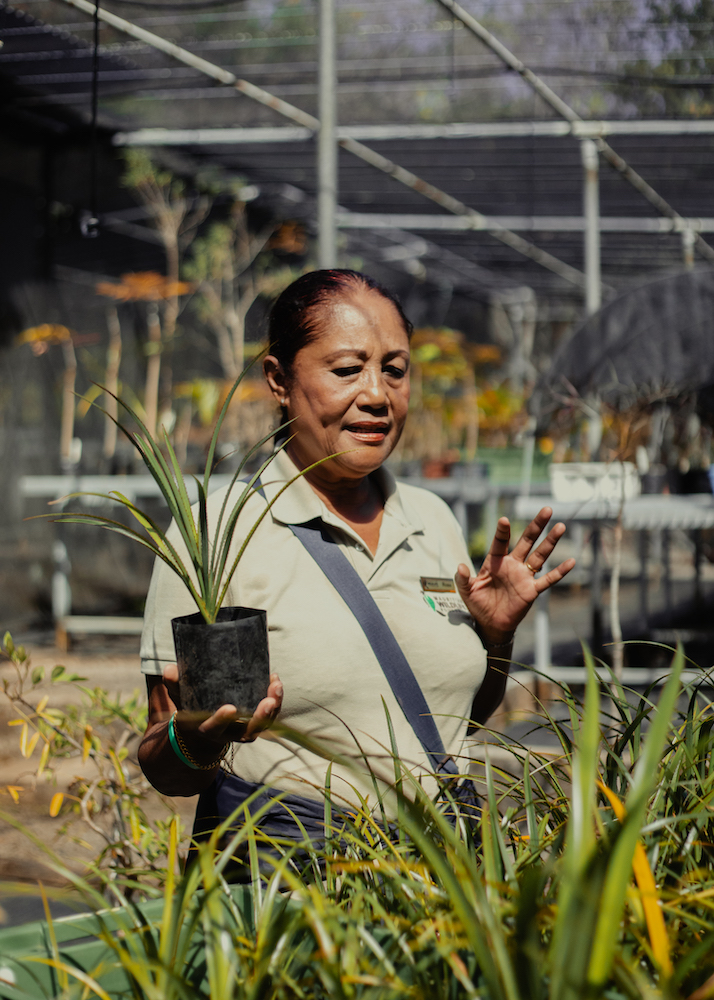
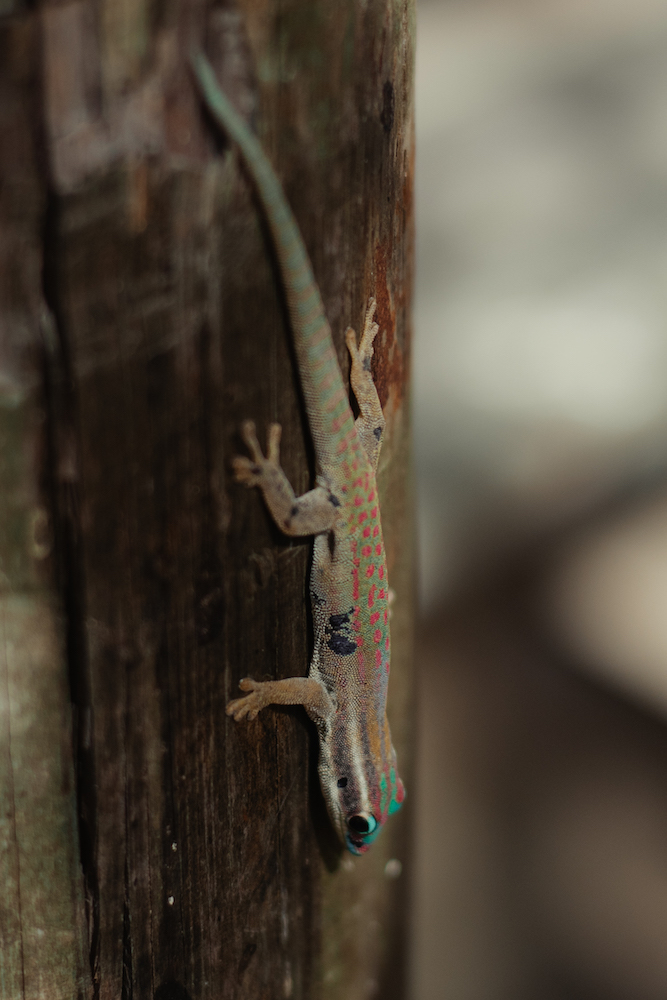
A Living Sanctuary
The island is small, just 25 hectares, but feels larger in presence. It’s a living example of what’s possible when care outweighs consumption. The Mauritian Wildlife Foundation has brought it back from the brink, removing invasive species, replanting native ones, and letting the rhythms of this forest return to their rightful tempo.
Here, endangered species aren’t behind glass. They are here, breathing the same humid air. You might spot a Telfair’s Skink, striped and shy, or a giant Aldabra tortoise lumbering across the sand. You’ll learn about the near-loss of the Mauritius kestrel, and the work that went into bringing it back from extinction’s edge.
The Smoking Volcano Beneath the Soil
Île aux Aigrettes may look gentle, but it holds the story of an island that has endured. Centuries ago, these lands were cleared, mined, and neglected.
Today, every restored tree, every gecko’s return, every chick that hatches under the MWF’s care is an act of quiet rebellion, a refusal to forget what once grew wild here. The ebony forest that now stretches overhead? It’s a replica of one that once blanketed all of Mauritius. The fact that it stands here again is both a miracle and a warning.
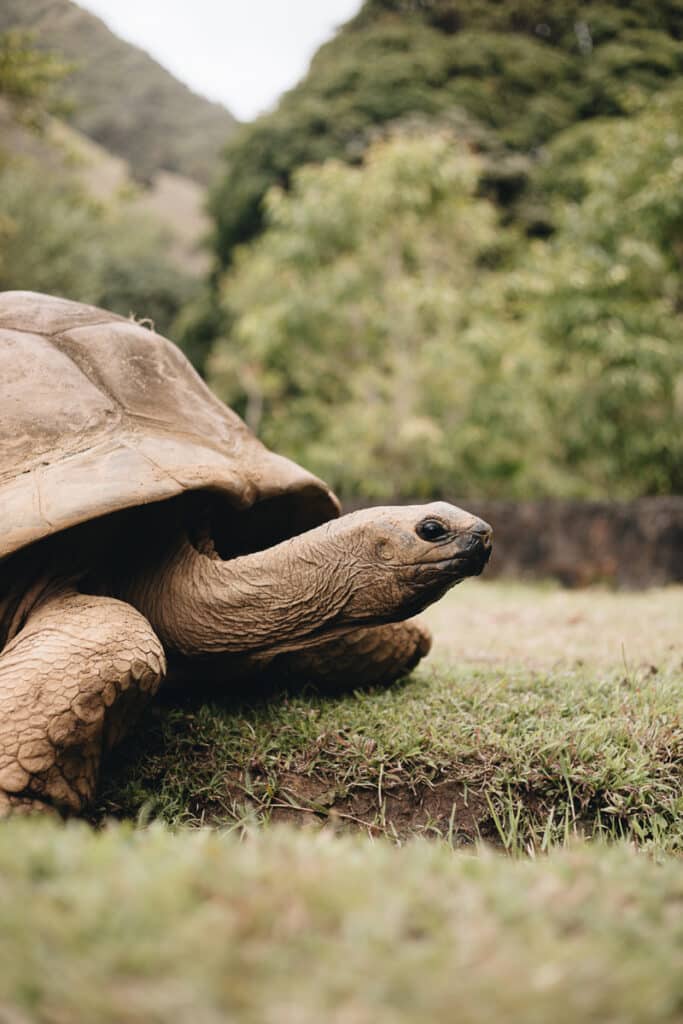
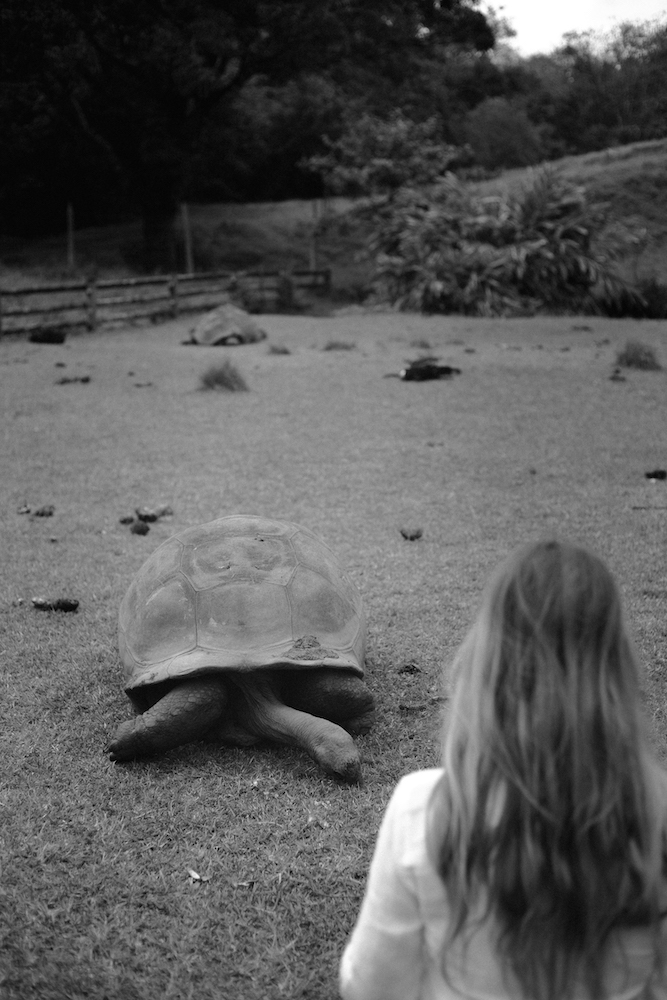
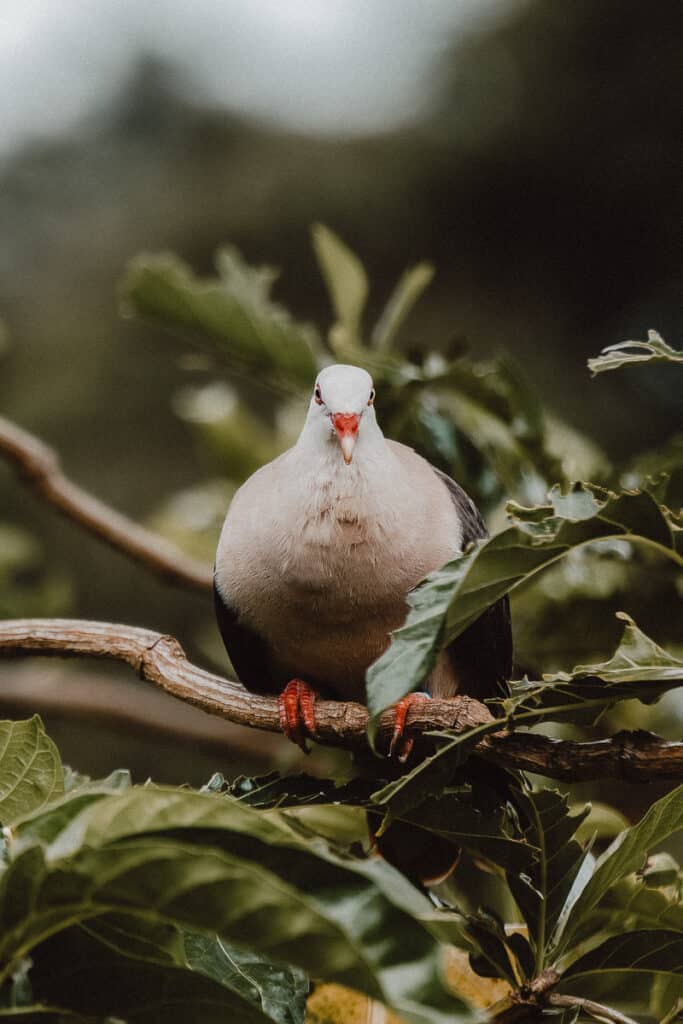
A Note on Visiting
This is not a tourist attraction. It’s an invitation. A guided walk across the island lasts just under two hours. You’ll meet the species. Hear the stories. Understand how delicate and resilient nature can be.
- Tours depart from Pointe Jérôme
- Book 24h in advance via reservation@mauritian-wildlife.org
- Adult entry: MUR 300 | Child: MUR 150
And when you leave, you won’t just take photos. You’ll carry a deeper sense of wonder, and maybe, a flicker of responsibility.
